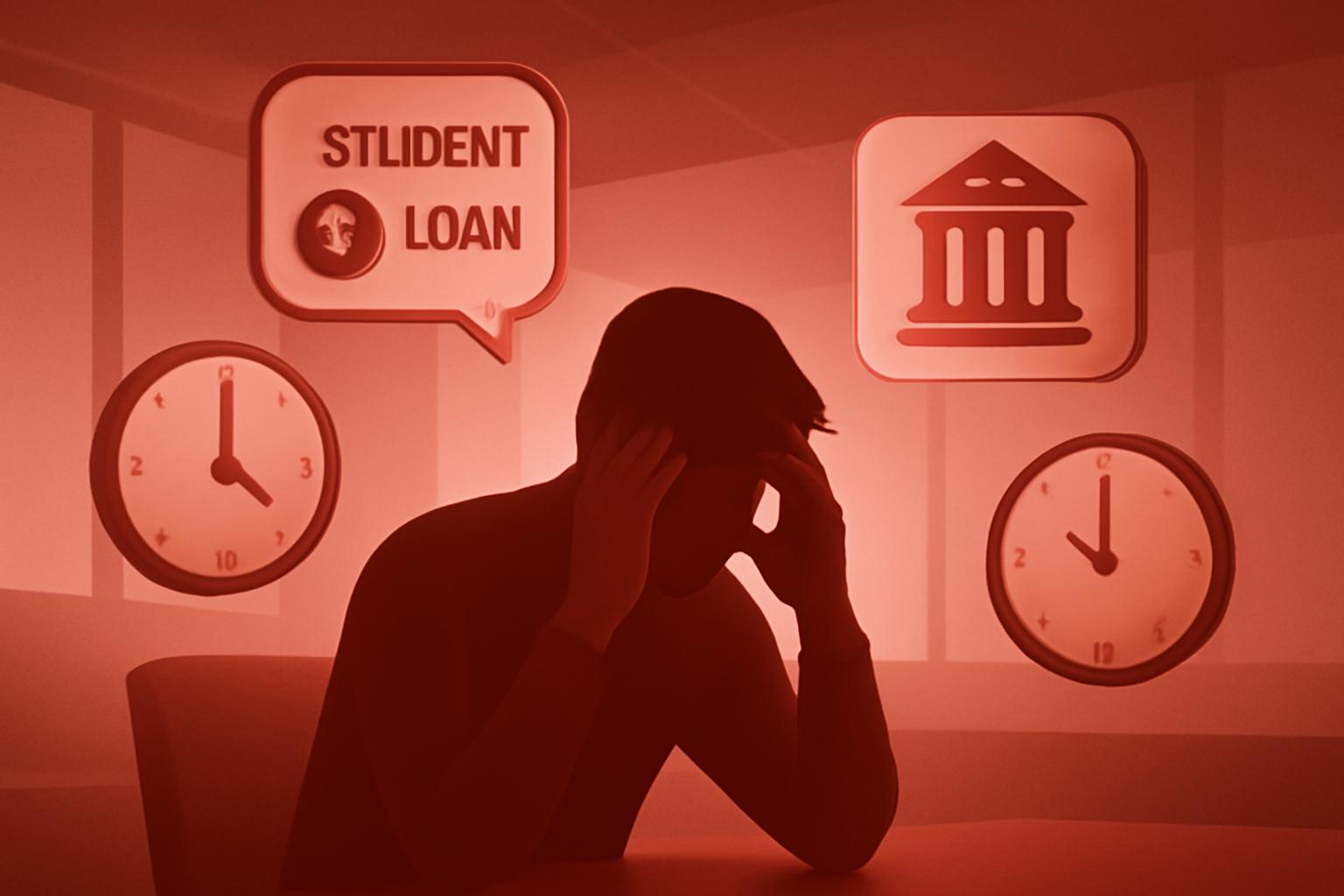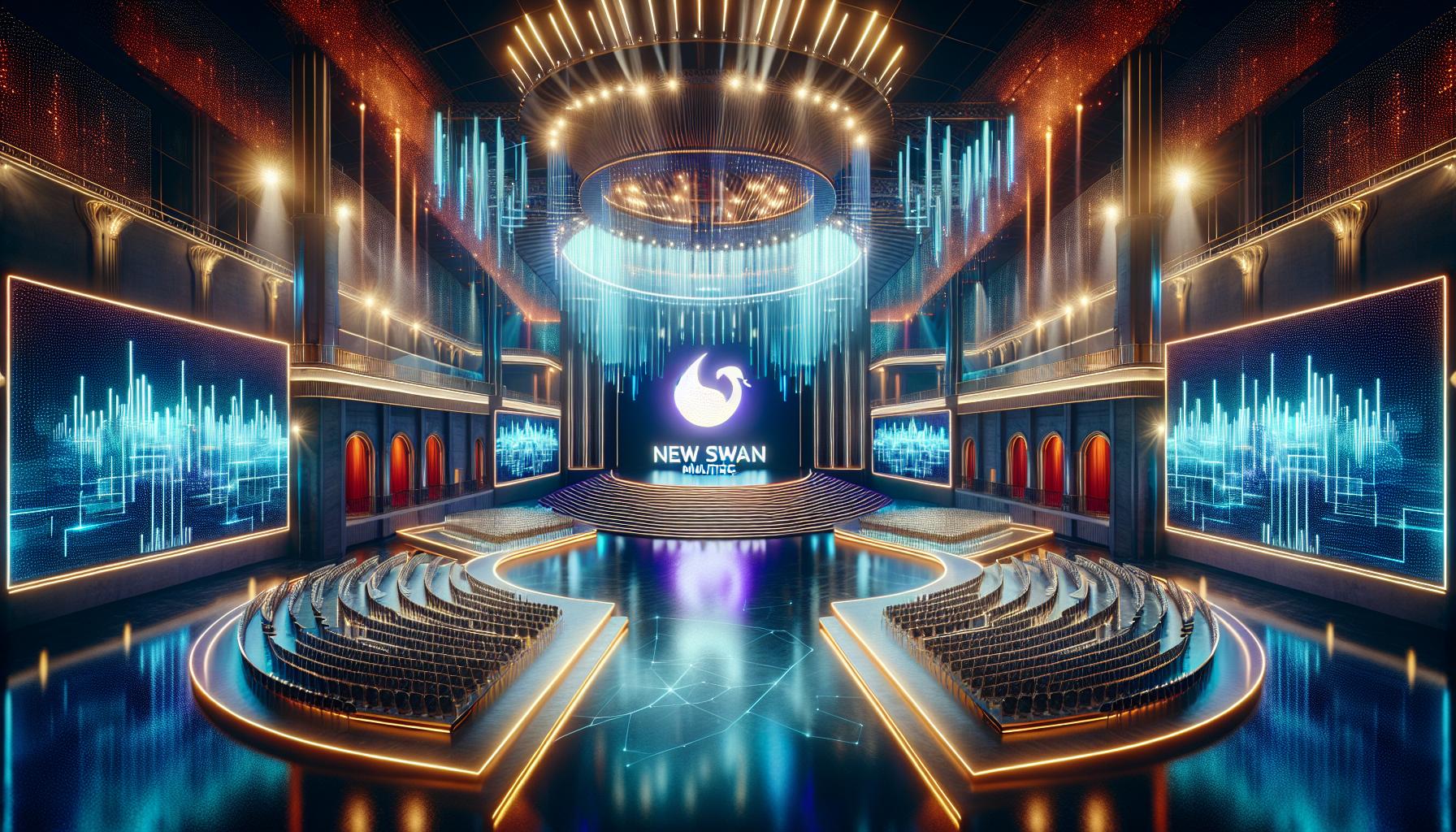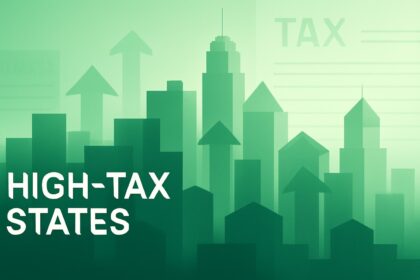“Once processing resumes, it’s important to follow up promptly to ensure applications remain on track. Beyond that, unfortunately, this remains a waiting game.”
— Carolina Rodriguez, Education Debt Consumer Assistance ProgramFinOracleAI — Market View
The federal government shutdown compounds systemic delays in student loan repayment processing, creating significant financial stress for millions of borrowers. The stagnation in IDR plan approvals not only increases borrowers’ accrued interest but also impedes progress toward long-term debt relief programs like PSLF. This scenario risks undermining borrower confidence and may prompt calls for legislative intervention or administrative reforms.
- Opportunities: Potential for policy reforms to streamline repayment plan processing post-shutdown.
- Risks: Increased borrower financial distress, higher default rates, and growing political pressure on federal agencies.
- Prolonged delays could fuel advocacy for more robust student loan forgiveness initiatives.
- Financial institutions and servicers may face operational challenges managing backlog surges once shutdown ends.
Impact: Negative — The shutdown exacerbates existing repayment delays, increasing borrower hardship and uncertainty in the student loan market.
Federal Shutdown Worsens Student Loan Repayment Delays
The ongoing federal government shutdown, initiated after Congress failed to pass a funding agreement, has intensified existing delays in processing student loan repayment plans. More than one million borrowers are currently caught in a backlog to enroll in income-driven repayment (IDR) plans, programs designed to make monthly payments more manageable based on income.
A spokesperson for the Education Department confirmed that during the shutdown, Federal Student Aid staff are unable to perform routine functions, including addressing the IDR application backlog. Most federal employees in the department are on unpaid leave, further stalling progress.
Income-Driven Repayment Backlog Exceeds One Million
According to court documents from late August, there were 1,076,266 pending IDR applications awaiting processing. These plans, first introduced in the 1990s, cap borrowers’ monthly payments to a percentage of their discretionary income and offer loan forgiveness after 20 to 25 years.
“It is not surprising that there will be no progress on the IDR backlog during the shutdown, as the staff who work on it aren’t considered ‘essential’. The failure to clear the backlog is disruptive to the lives of borrowers.”
— Mark Kantrowitz, Higher Education ExpertMany borrowers in the backlog are attempting to transition out of the Biden administration’s SAVE (Saving on a Valuable Education) plan, which was invalidated by a court ruling earlier this year. While placed in SAVE forbearance during legal challenges, borrowers are now accruing interest on their loans as the Trump administration resumed interest charges starting August 1.
Those unable to switch repayment plans remain exposed to growing debt and are unable to make progress toward loan forgiveness, including under the Public Service Loan Forgiveness (PSLF) program, which cancels debt after a decade of qualifying payments for public servants and non-profit workers.
Guidance for Borrowers Caught in the Backlog
Financial experts advise borrowers to reserve funds equivalent to their anticipated monthly payments during this processing halt. This precaution ensures liquidity when they are eventually switched into a new repayment plan and required to resume payments.
“When you first applied for an IDR plan, you were supposed to be placed in a 60-day administrative forbearance, which counts toward forgiveness timelines. However, the current waiting period likely does not.”
— Mark KantrowitzCarolina Rodriguez, director of the Education Debt Consumer Assistance Program, emphasizes the importance of maintaining detailed records and monitoring application status during this period.
“Once processing resumes, it’s important to follow up promptly to ensure applications remain on track. Beyond that, unfortunately, this remains a waiting game.”
— Carolina Rodriguez, Education Debt Consumer Assistance ProgramFinOracleAI — Market View
The federal government shutdown compounds systemic delays in student loan repayment processing, creating significant financial stress for millions of borrowers. The stagnation in IDR plan approvals not only increases borrowers’ accrued interest but also impedes progress toward long-term debt relief programs like PSLF. This scenario risks undermining borrower confidence and may prompt calls for legislative intervention or administrative reforms.
- Opportunities: Potential for policy reforms to streamline repayment plan processing post-shutdown.
- Risks: Increased borrower financial distress, higher default rates, and growing political pressure on federal agencies.
- Prolonged delays could fuel advocacy for more robust student loan forgiveness initiatives.
- Financial institutions and servicers may face operational challenges managing backlog surges once shutdown ends.
Impact: Negative — The shutdown exacerbates existing repayment delays, increasing borrower hardship and uncertainty in the student loan market.













